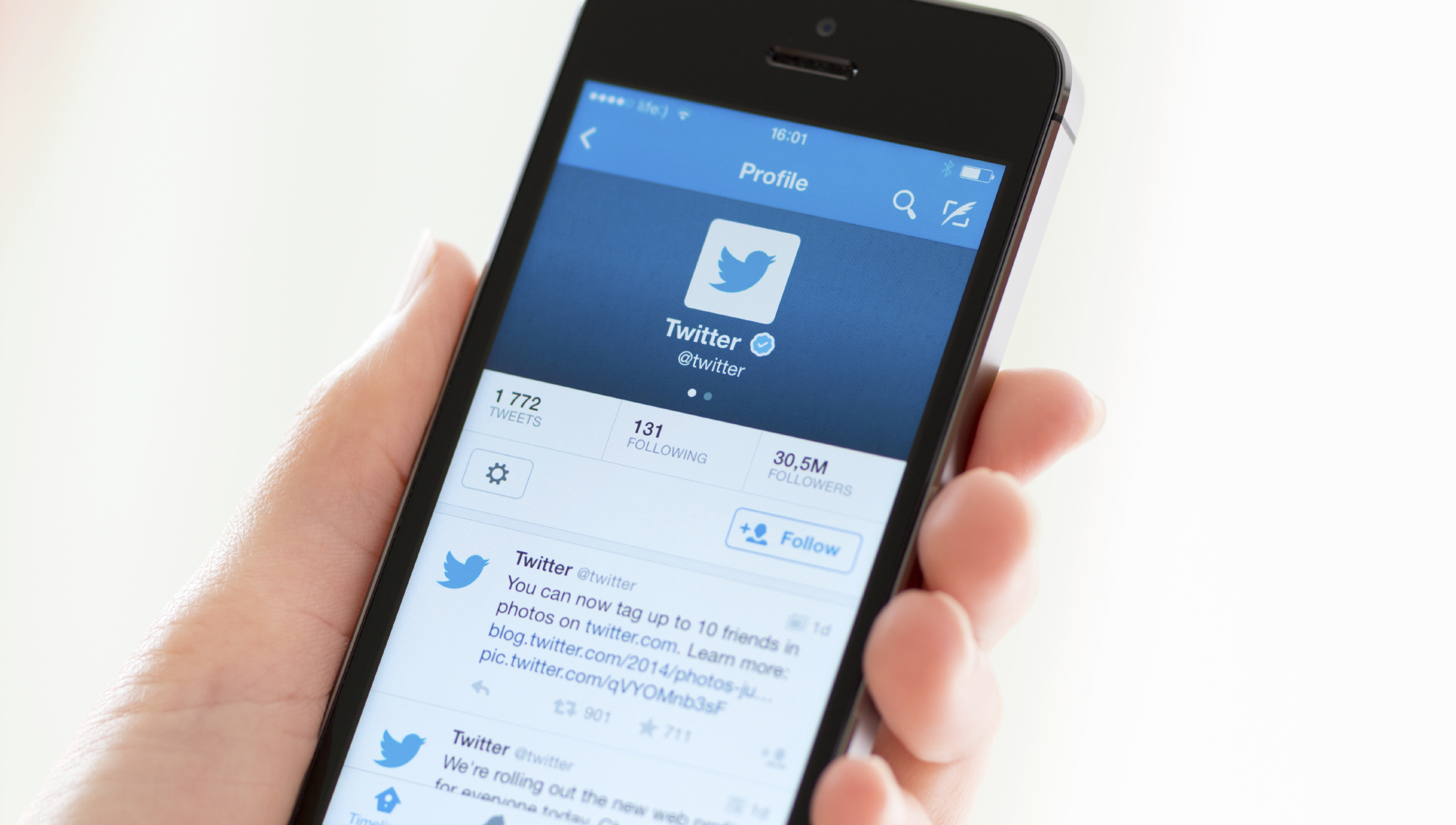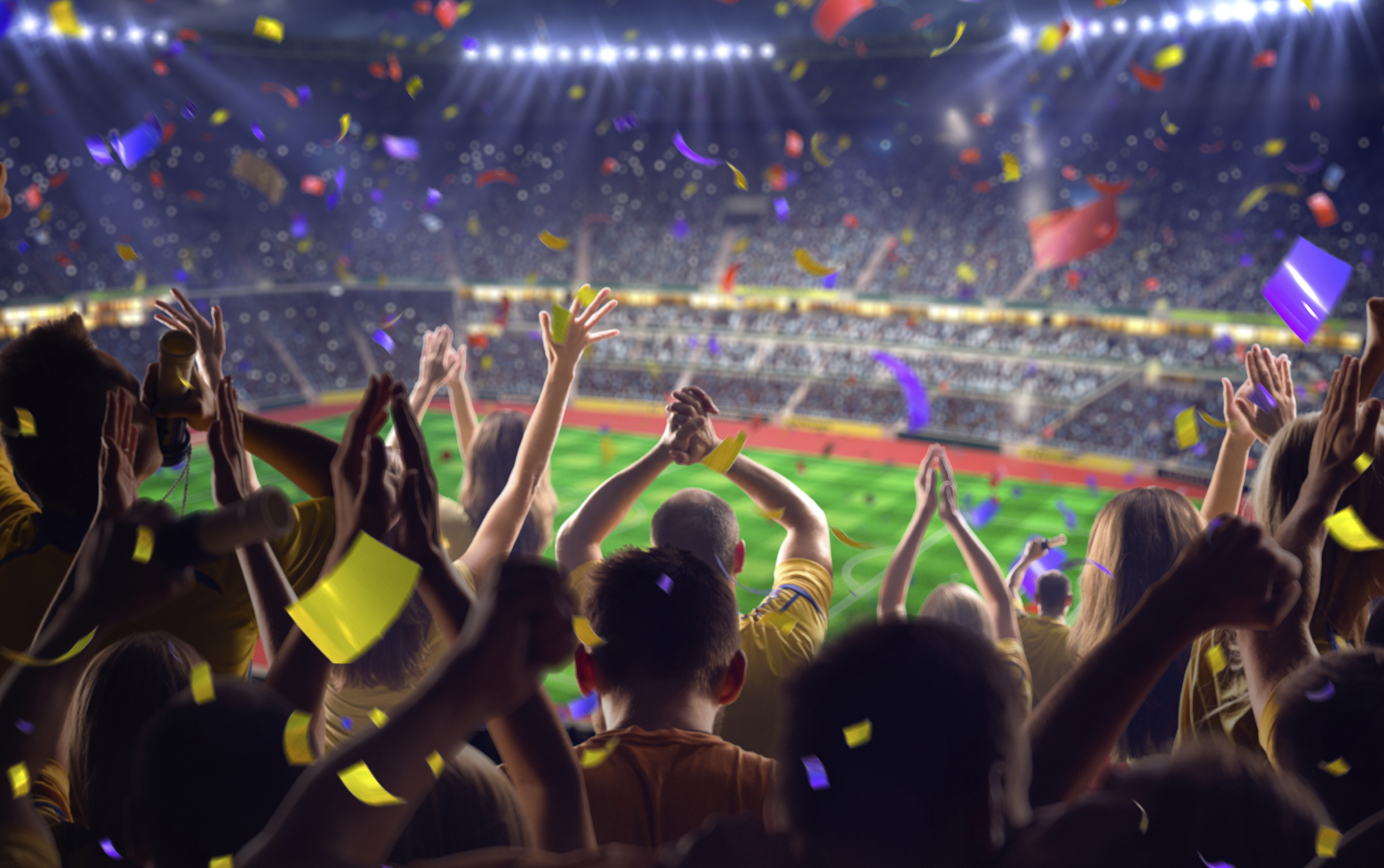What Happened
Pepsi and Anheuser-Busch are among the latest brands to get their own branded emojis on Twitter, just in time for their Super Bowl campaigns this Sunday. Pepsi created an emoji of a Pepsi can surrounded by music notes to accompany the #PepsiHalftime hashtag, whereas Anheuser-Busch created two emojis for Budweiser and Bud Light to liven up their respective Twitter campaigns. Sources say that Twitter reserves these bespoke emojis for its biggest advertisers, asking for a “seven-figure” price for them as a bundle deal in conjunction with its other ad products such as Promoted Tweets, Promoted Trends, and the newly introduced Promoted Moments.
What Brands Need To Do
Ever since Twitter came out with the first branded emoji for Coca-Cola, we anticipated it would sell more of the new ad unit. Now with the million-dollar asking price, it seems fair to say that Twitter has established branded emojis as a premium ad product. It remains to be seen whether Twitter will expand the availability of such custom emojis in the future, but for now, it has become a costly but flashy sparkle for brands to add atop their Twitter campaigns.
Source: AdWeek



